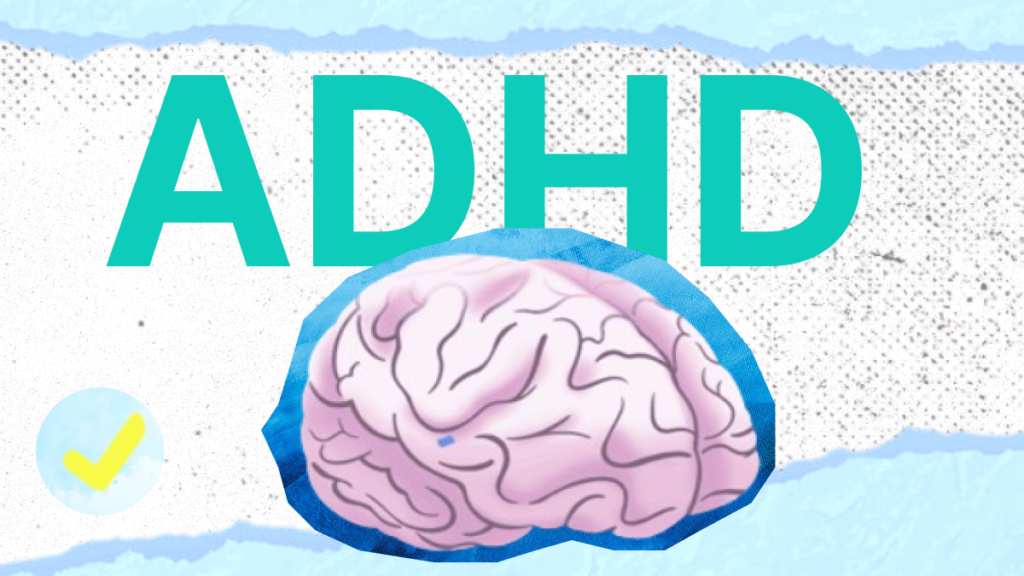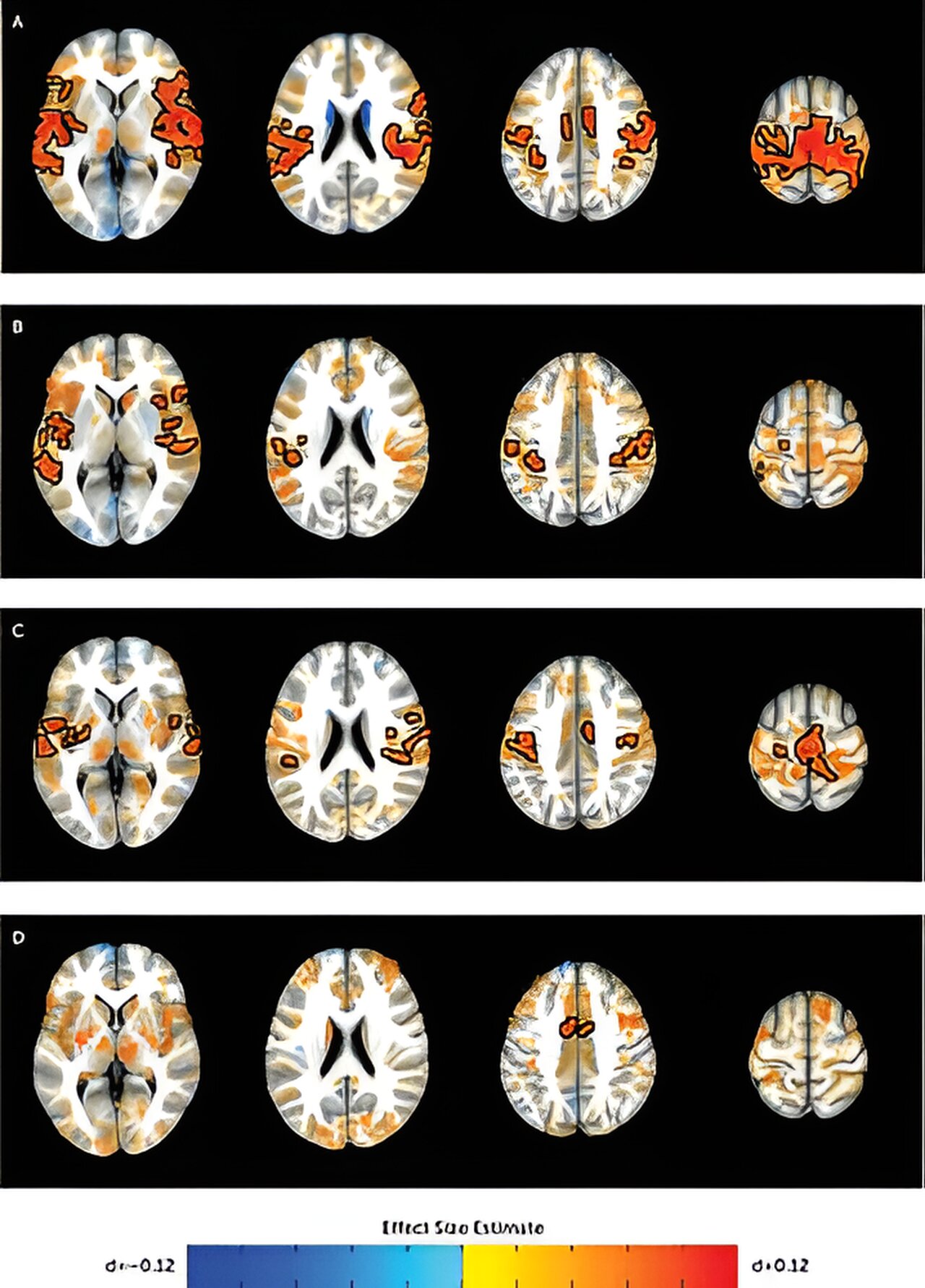NIH Research: Youth ADHD and Brain Connections

Attention-deficit/hyperactivity disorder (ADHD) is a prevalent condition impacting millions globally, especially children and adolescents, characterized by symptoms such as inattention, hyperactivity, and impulsivity. This disorder presents significant challenges across academic, social, and emotional domains. However, despite its widespread impact, unravelling the mechanisms behind ADHD remains complex. Advanced neuroimaging techniques offer insights into neural correlates, driving interest in understanding this disorder more comprehensively.
In recent years,
there has been a growing interest in understanding the neural correlates of ADHD, with advancements in neuroimaging techniques offering valuable insights into the brain’s structure and function.
One area of particular interest is the investigation of subcortical-cortical connectivity, which involves examining the communication pathways between deeper brain structures (subcortical regions) and the outer layer of the brain (cortical regions).
This connectivity plays a crucial role in various cognitive processes, including attention, executive function, and emotional regulation, all of which are known to be affected in individuals with ADHD.
A landmark study conducted by researchers at the National Institutes of Health (NIH) sought to find the network of brain connections associated with ADHD. Drawing upon data from over 10,000 functional brain images obtained from multiple cohorts, the study employed an analysis approach to examine the functional connectivity patterns in youths with ADHD compared to unaffected control subjects. Led by Dr. Luke Norman and his colleagues at NIH’s National Institute of Mental Health (NIMH) and National Human Genome Research Institute, the study aimed to shed light on the neural underpinnings of ADHD and identify potential biomarkers for the condition.
The findings of the study revealed compelling evidence of subcortical-cortical connectivity, exploring communication pathways between deeper brain structures (subcortical regions) and the outer layer (cortical regions). This connectivity is crucial for cognitive processes like attention, executive function, and emotional regulation, all affected in ADHD.
Specifically,
the researchers observed heightened connectivity between deep brain structures involved in learning, reward processing, and emotional regulation (including the caudate, putamen, and nucleus accumbens) and frontal cortical regions responsible for attention and behavioral control.
These findings(NIH Research on ADHD) suggest that disruptions in the coordination between these brain regions may contribute to the core symptoms of ADHD, such as inattention and impulsivity.
Furthermore,
the study investigated the specificity of these connectivity patterns to ADHD by controlling for potential confounding factors, such as comorbid internalizing and externalizing symptoms, in-scanner motion, and medication status.
Importantly, the observed differences in brain connectivity were robust and consistent across various analyses, highlighting the reliability of the findings.
While the study provides valuable insights into the neural basis of ADHD, several questions and avenues for future research emerge.
For instance, the mechanisms underlying the observed alterations in brain connectivity remain to be fully elucidated.

Additionally, longitudinal studies are needed to determine the developmental trajectory of these brain changes over time and their implications for long-term outcomes in individuals with ADHD.
Moreover, the study underscores the importance of adopting a multidimensional approach to understanding ADHD, considering its heterogeneity and comorbidity with other psychiatric conditions.
By integrating neuroimaging data with genetic, behavioural, and environmental factors, researchers can gain a more comprehensive understanding of the complex interplay of factors contributing to ADHD.
The NIH study on understanding ADHD shows us how the brain’s connections differ in individuals with ADHD. It sets the stage for more personalized treatments and gives hope to those affected by the condition.
More information: Luke J. Norman et al, Subcortico-Cortical Dysconnectivity in ADHD: A Voxel-Wise Mega-Analysis Across Multiple Cohorts, American Journal of Psychiatry (2024). DOI: 10.1176/appi.ajp.20230026
Journal information: American Journal of Psychiatry
Until then,
Join Neureads for more neurotechnology news and stories.

